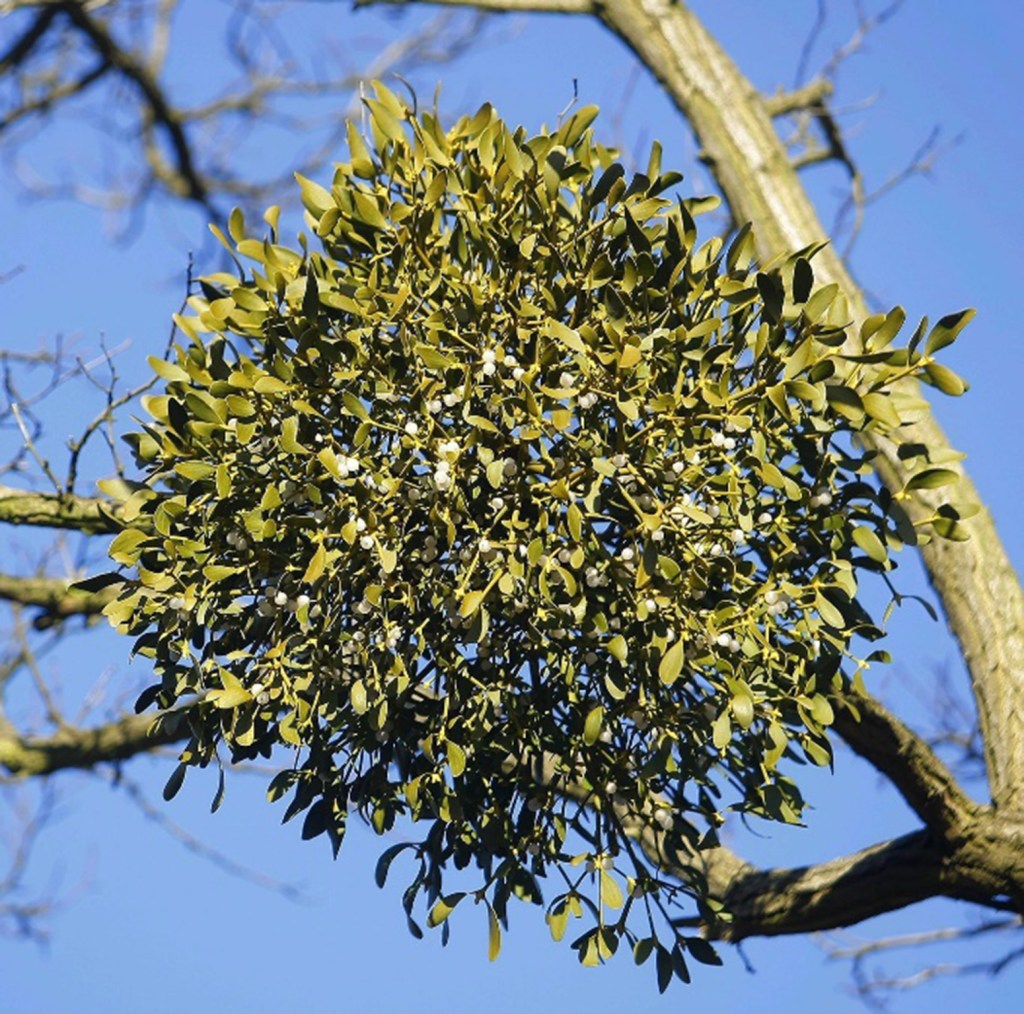ONE GARDENER TO ANOTHER: Christmas flora have their roots of tradition
Published 6:45 am Monday, December 17, 2018

- Mistletoe is parasitic, meaning it requires a host tree on which to grow. It is used by many species of animal for food and shelter.
Flowers and plants have long been used as symbols in folklore to depict an emotion or as holiday décor.
Flora has graced the shields of warriors, crowned the heads of leaders, and symbolized an extension toward peace. A red rose conveys deep love, a poppy pays tribute to fallen heroes, a jade plant is given to promote prosperity, and mistletoe is hung in hopes of Christmas kisses.
Trending
Although each season has a group of plants that represent that particular time of year, no season is more plentiful of seasonal botanicals than Christmastime.
Pine, fir, spruce and cypress are traditional trees brought indoors, decorated and gathered around to exchange gifts. The origins of this tradition are debated, however. Evergreens have been brought indoors for centuries with thoughts that they had magical and medicinal powers.
Fir
Legend has it that Saint Boniface, an 8th century bishop in Germany, was disgusted after returning home from a missionary trip to find the villagers preparing for the pagan ritual of sacrificing a young man under a sacred oak to welcome the winter solstice. So, the bishop cut down the tree with a single swing of an ax (and the help of a divine gust of wind).
According to the story, a small fir tree remained standing in the wake of the mighty oak falling all around it, and the bishop, knowing the custom of taking evergreens indoors, encouraged all there to take a fir tree indoors that night.
Pine
Trending
Another legend says Martin Luther, the founder of the protestant religion, was walking through the woods when he peered through the boughs of a pine tree and saw the speckled beauty of the nighttime stars. He cut down the tree, took it home and decorated its branches with small candles to recreate the scene for his family.
Holly
Holly has long been associated with the holiday season. Its waxy evergreen leaves and bright red berries are welcome color in the otherwise bland landscape. Often called Christ’s Thorn, folklore says the holly bush sprung from a piece of the crown of thorns worn by Jesus. Ancient Celts hung it around their doors and windows believing it would capture evil spirits trying to enter the home.
Poinsettia
The poinsettia’s legend has its roots in Mexico, where a poor young girl, unable to buy a gift to offer at church on Christmas Eve, picked some bright green weeds she found nearby. It is rumored that during the service the weeds began to put forth bright red, star shaped flowers. Poinsettias are a reminder of the act of giving gifts with humility.
Mistletoe
Mistletoe is parasitic, meaning it requires a host tree on which to grow. It is used by many species of animals for food and shelter. Mistletoe’s botanical name, Phoradendron, is derived from the Greek words phor, meaning “thief,” and dendron, meaning “tree.” Perhaps this is why it is used to perpetuate the stealing of a kiss while under its branches.
In 18th century England, kissing under the mistletoe was popular among servants who believed men were allowed to kiss any woman they found standing underneath the parasitic plant. According to the tradition, any woman who refused a kiss would have bad luck.
In Norse mythology, the mischievous god Loki hurled mistletoe at Balder, the god of light, killing him. Possibly inspired by this myth, Nordic people would drop their weapons and embrace their enemies when they met under mistletoe, believing it was a symbol of protecting life. This tradition later changed to a kiss between a man and woman.
Roman mythology also follows this thought in the story of Aeneas, a Trojan hero, who ventures to seek council from his father, who lives in the land of the dead. He carries a “golden bough,” as mistletoe can sometimes appear, to ensure protection and return from the land of the dead. I don’t know how that leads to kissing, but it could be because he kissed the ground in relief upon his exit and safe return home.
There are many versions of stories surrounding Christmas plants and traditions, they are limited only by what you believe. Until next week, happy gardening.
— Irland, a member of the Limestone County Master Gardeners, can be reached at kippirland@hotmail.com. For more information on the Limestone County Master Gardeners, visit http://mg.aces.edu/limestone.






